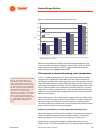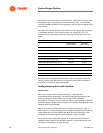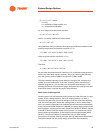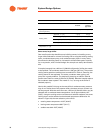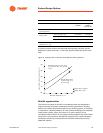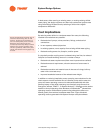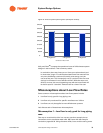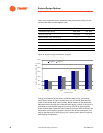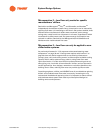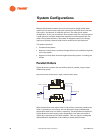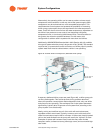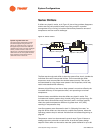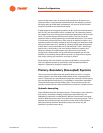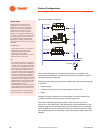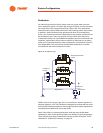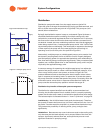
System Design Options
SYS-APM001-EN Chiller System Design and Control 41
Misconception 2—Low flow only works for specific
manufacturers’ chillers.
Demirchian and Maragareci
12
, Eley
13
, and Schwedler and Nordeen
11
independently showed that system energy consumption can be reduced by
reducing flow rates. It is interesting to note that in the systems studied, three
different chiller manufacturer’s chillers were examined, yet the energy
savings only varied from 2.0 to 6.5 percent. In all cases, regardless of which
manufacturer’s chillers were used, the system energy consumption was
reduced. In addition, Demirchian and Maragareci
12
, and Schwedler and
Nordeen
11
also noted reduced first costs.
Misconception 3—Low flow can only be applied to new
chilled-water systems.
As previously discussed in “Coil response to decreased entering water
temperature” on page 33 and “Cooling-tower options with low flow” on
page 34, there are distinct opportunities to use existing infrastructure
(pumps, pipes, coils, and cooling towers) to either expand available cooling
capacity and/or reduce system energy costs by using lower flow rates.
Upon examination, it is clear that low-flow systems allow savings even on
short piping runs, work with all manufacturers’ chillers, and can be used in
retrofit applications. As a designer, remember to review the benefits to the
building owner. Often, reducing flow rates can provide significant value.
Consulting engineers, utilities, and ASHRAE have all concluded that reducing
chilled- and condenser-water flow rates (conversely, increasing the Ts)
reduces both installed and operating costs. It is important to reduce chilled-
and condenser-water system flow rates to provide optimal designs to
building owners and operators.



